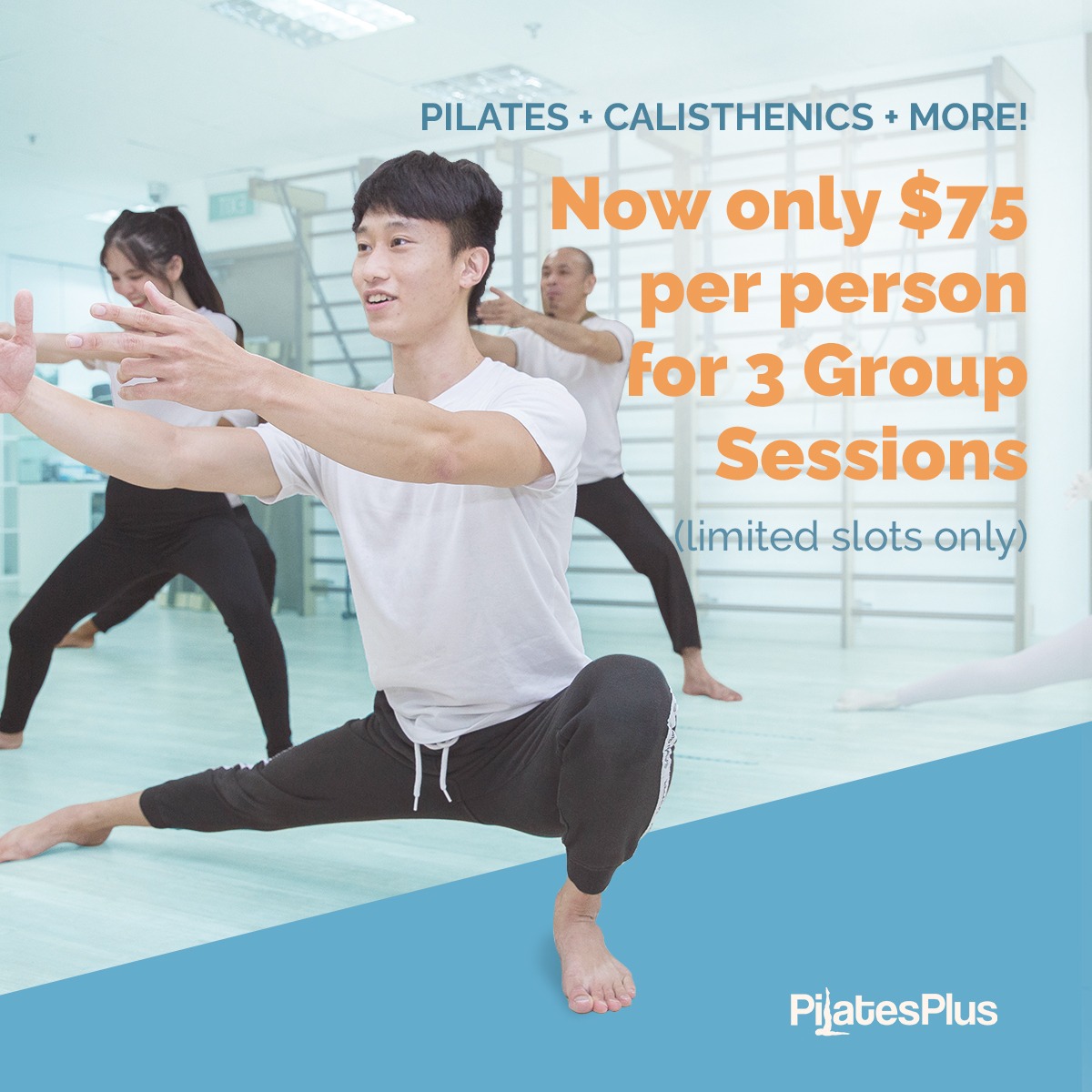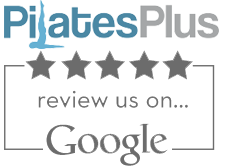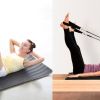6 Ways To Increase Intensity of Your Pilates Exercise!

Doing Pilates exercise can be deceivingly simple, especially when you are doing it only on the mat as it only involves your own body. You may think that using some small apparatus is the only way to make these exercises more challenging.
The Intensity of a Pilates exercise can be increased by going slower with the movement, doing pulses at the end of the range, focusing on contracting your muscles more, lesser rest between exercises, adjusting the angle of the legs or arms, and working on a proper technique.
You can either do one or combine a few ways to intensify your Pilates exercises. These techniques apply to most of the exercises whether you are using the Pilates equipment or mat.
- Slow down the movement
Decreasing the speed of your movement will increase the amount of time your muscles contract; thus, it will have to work more with the same number of repetitions. As a general rule, the bigger muscles will do the work to complete the task when you move faster. But when you do it slower, since the bigger muscles will fatigue faster, the body will recruit the smaller muscle groups to help you get through the movement.
This will make the exercise more challenging and complete as you will strengthen both bigger (fast-twitch) and smaller (slow-twitch) muscles.
Slowing down the speed of the movement can be applied to almost all Pilates movement.
- Moving small range movement or pulses
Another way to work harder is you find where the angle that is the most challenging and stay on that angle. You can either just hold the position or do very small 2 to 4 inches of pulsing movement.
This will make the exercise very challenging and effective in strengthening your full range.
A good example will be the Pilates Roll up; the most challenging angle of this exercise is when you are about to touch your lower back on the mat. Stay on that angle and do a small up and down movement without resting on the mat and without coming too high either.
You will feel a strong burn in your abdominal muscles even doing lesser repetitions of the same movement.
- Learn how to control the muscles
This is a little tricky one. Most beginners in Pilates practice will either find the exercises too challenging or too easy. One reason why most of them find it too easy is not knowing how to engage the correct muscles.
It is a good practice to learn how to engage the individual muscles of the exercise by touching them firmly or giving them a firm push so you will feel them contracting. The more you feel the muscles, the better you can control them when you do the movement.
I have realized with Pilates that the basic exercises have become harder for me as I practice throughout the years. This is because I have gotten better at engaging the muscles, that even doing spine twists in a standing position can cause my core muscles to cramp.
- Lesser rest time between exercises
This is easy to guess, but sometimes you might be taking breaks unknowingly as you are trying to work on the details of the individual exercises. As much as it is important to be precise with the movement, working continuously with very little rest in between will give you a different benefit from the workout.
Try to practice the individual exercises in a separate session and polish them well. When it’s time to work on the full routine, try to minimize stopping and correcting the movement and allow the exercises to flow from one movement to another.
- Adjusting the angle of your legs or arms will change the intensity of the exercises
Pilates exercises are mainly bodyweight exercises except when using the Pilates Reformer, where you can use the springs to add intensity to the workout.
The principle of adjusting the intensity in bodyweight training is all about leverages. This means that the further your extremities are from the center, the harder the exercise will be.
For example, when doing the hundreds, it will be easier if you keep your legs more vertical, and it will be at its hardest when you lower your legs straight close to the floor.
Another good example is when doing the Roll-up; if you keep your arms extended to the front, which is the normal way of doing it, it will be easy. Now, try to keep both hands on your chest, and rolling up will be a little harder. If it is still manageable for you, try placing both hands on your forehead or keeping your arms extended overhead just by the side of your ears.
- Work on proper technique
In Pilates exercise, the form not only keeps you safe, makes the exercise more effective, but it will also make it more intense. Keep on perfecting your technique with the individual movements, and you will realize that certain movements will become more intense.
This goes well when you are doing the exercise at a slower pace and trying to feel the right muscles needed to be engaged in the movement.








